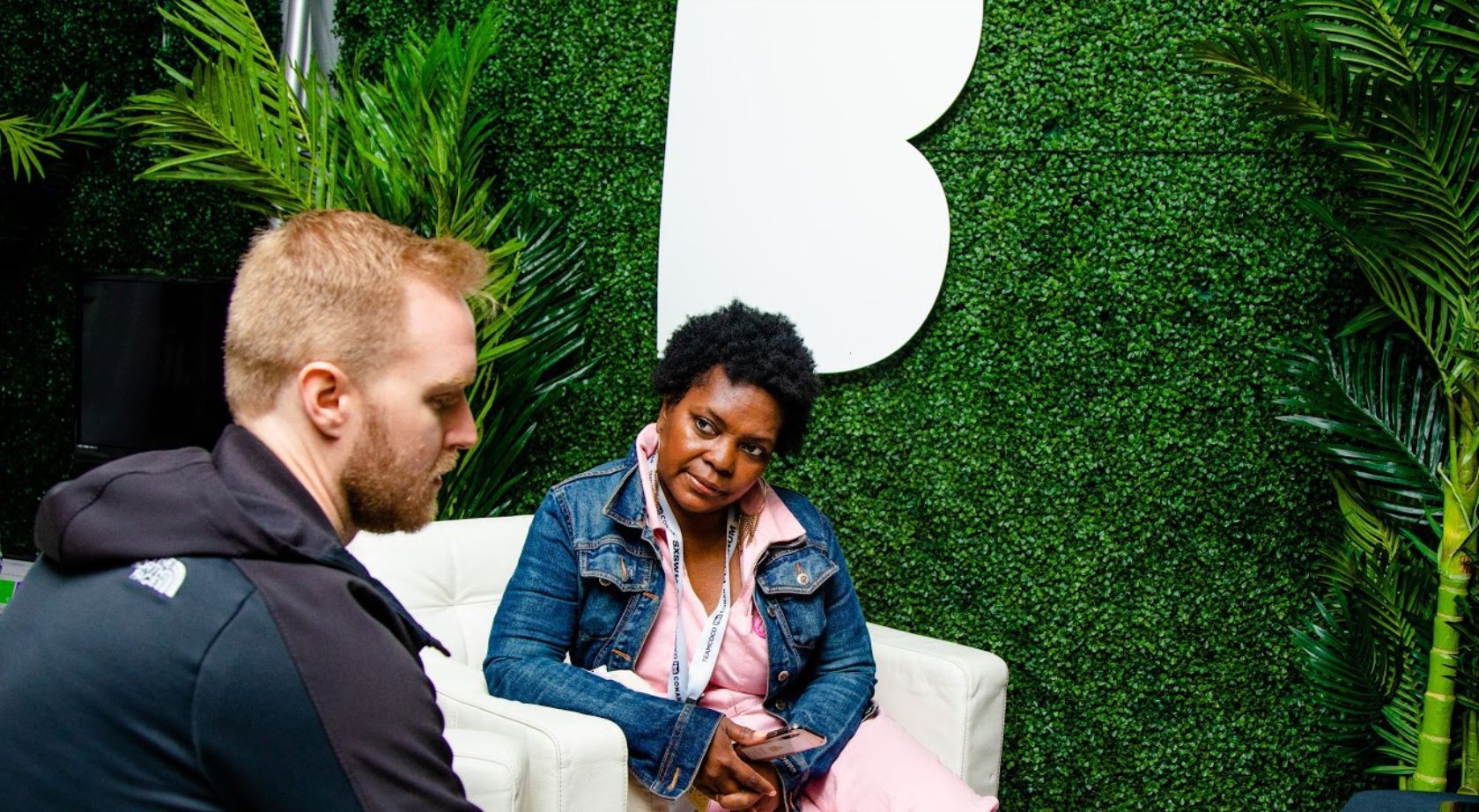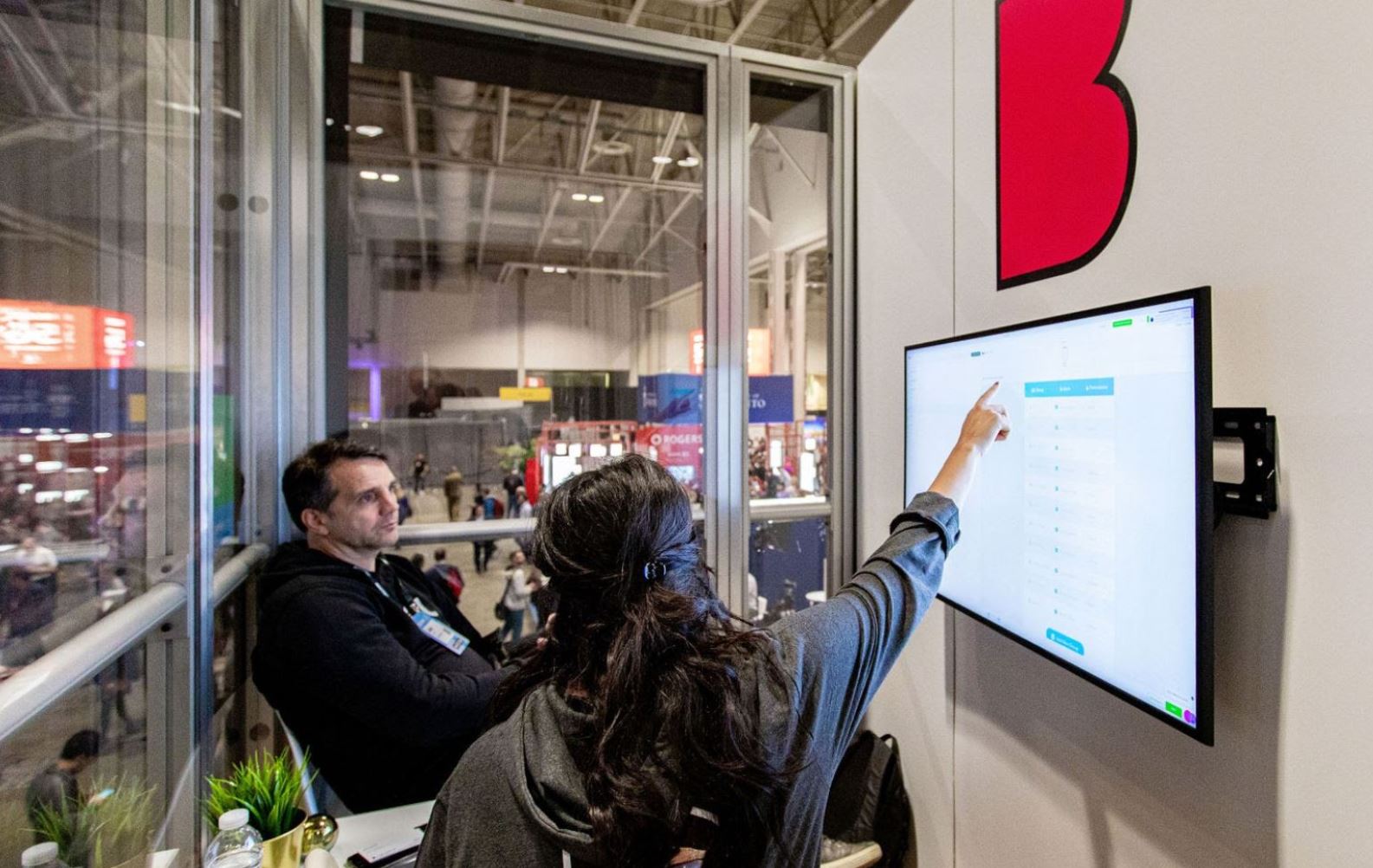At Builder, we’ve carefully honed our perfect blend of project management, development and design involved with building tailor-made custom software. It wasn’t an easy or quick process--and it’s one that continuously improves by the day. That’s why we want to continuously share our lessons learned. Considering app development (from iPhone to Android and beyond) continues to be key for both our clients as well as Builder Studio, we want to help you avoid the pitfalls of turning your next idea into an app. Want to kick off your next app project successfully? Don’t get stuck on these issues and keep reading--we’ve got you covered, Builders!
#1 Trying to build the app (or proof of concept) internally
Occasionally, when companies get a concept to market estimate from an outside vendor, they think they can do it faster themselves. But the exact opposite can be true. In fact, it can sometimes take as much as four times longer for companies to build internally. Just because a company may have the ability to create HTML, CSS and JavaScript as well as graphic design and web design requirements, it’s not so easy to transition to mobile design mode since mobile app creation typically requires additional attention and different skill sets (and likely, different code). The only exception is if companies already have an existing team for mobile creation. But in reality, not too many startups (and even enterprises) have the necessary resources to build mobile products that are ready for prime time. If a startup has to hire resources with the capability to do mobile apps, it can take precious time to do so. By outsourcing, you instantly gain access to a team that has the ability and resources to do the necessary work.
#2 Not getting help for fear ideas will be stolen
Choosing an outside vendor to do the work can lead to fears that the company's valuable idea will be stolen. The reality is that reputable companies like Builder will offer to sign a non-disclosure agreement (NDA) with clients.These agreements are specific in listing what types of information pertaining to an app’s design and development are to be kept private. If an outside vendor signs an NDA, it would automatically apply to anyone employed who is also working on app designs for the duration of the agreement. With the proper legal structure in place, risks for the loss of intellectual property can be minimized or negated entirely. For example, with Builder, your IP if just that--yours.
#3 Demanding the app include all features from the start

Companies have a list of features they want in an app and rightly so. But if the app is fairly complex, it’s important to get a solidly-performing app in order to win over initial users. Mobile apps evolve gradually for a great reason--they have a core utility and they meet that utility from the beginning. Think of Facebook and Instagram for example. Insisting on a full set of features will only make the process more expensive and time-consuming. For startups, it’s recommended that a mobile app, or Minimum Viable Product (MVP) with the basic features be created initially. Only once the app has been validated by users who respond with valuable feedback should more features be added. At that point, extra features should be chosen and prioritized.
#4 Not having a cross-platform outlook
It’s no longer feasible to develop a mobile app for one operating system. The three main platforms are iOS, Android and to a lesser extent, Windows. While some companies believe they should start out with an iOS app, they fail to consider that Android has a much wider audience present when international usage is considered. This can limit the acceptance of their app around the world. Developers using the tools available now can single-source their code across several platforms which is more efficient.
#5 Not being involved with the vendor
While outsourcing an app development, it’s important for your company to work together with the vendor. Don’t just “sign on the dotted line” and walk away from being actively involved. You will need to provide more explanation. In the case of Builder, you’ll define your Build Card (essentially, a specification) and you’ll engage with your product expert weekly to keep your software development on course.
#6 Avoiding or ignoring market research

Some companies may reject the idea of doing market research in order to determine what a potential users wants and needs are. No matter what type of product you’re thinking about creating, you need to understand the market in which you are trying to succeed. And you also need to take into account what your competitors are doing. By not doing the research, you’re more likely to fail either by not pleasing the user or by infringing on a current products already in the marketplace. Some companies do perform the critical market research but even worse than not doing it at all, they choose to ignorethe results. They cave to the egos of individuals in the company or they adopt a know-it-all attitude. Of course, you want to believe in your product--but keep that belief healthy and not succumb to “tunnel vision.”
#7 Dealing with an unrealistic budget
There is nothing worse than getting halfway through a project and running out of money! Your developers, engineers and QA people need to be paid. Luckily, with Builder, we’re proud that our customers get a guaranteed quote and a majority of our customers get their apps before deadline and under budget.These are some mistakes to avoid when building custom applications. Like any successful endeavor, it takes planning and people working as a team to accomplish it. Do you want a team to make your next software idea a reality? Sign up to Builder today and make your dream a reality!
Neetu Mogha is a Tech Lead at Builder.ai where she applies 10+ years of management experience to guide the software development team. Neetu has a BTech in Computer Science from Hemchandracharya North Gujarat University.











 Facebook
Facebook X
X LinkedIn
LinkedIn YouTube
YouTube Instagram
Instagram RSS
RSS


